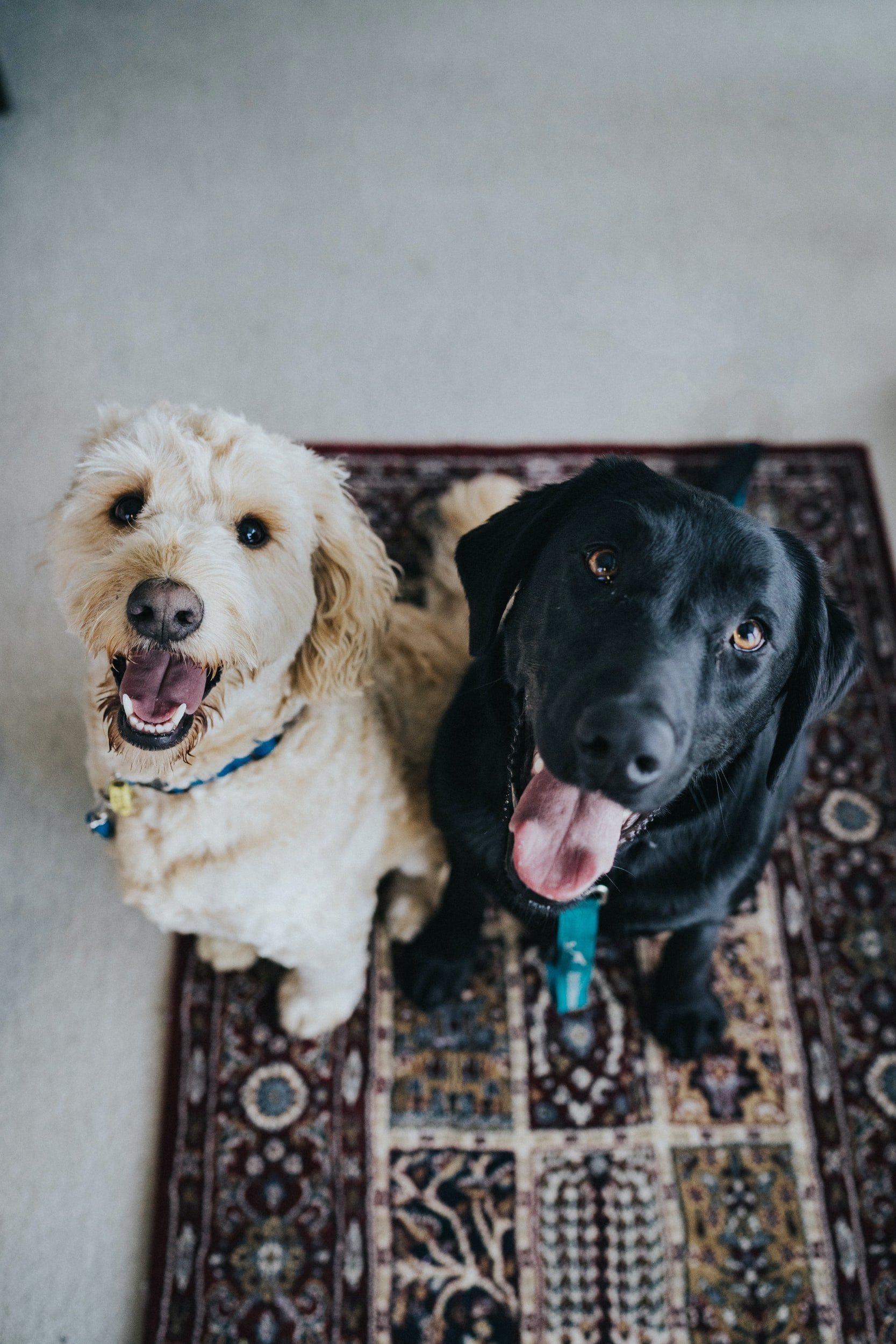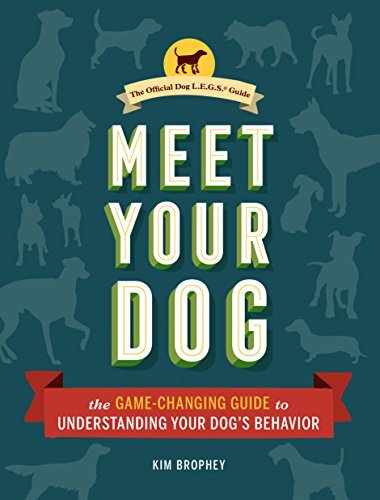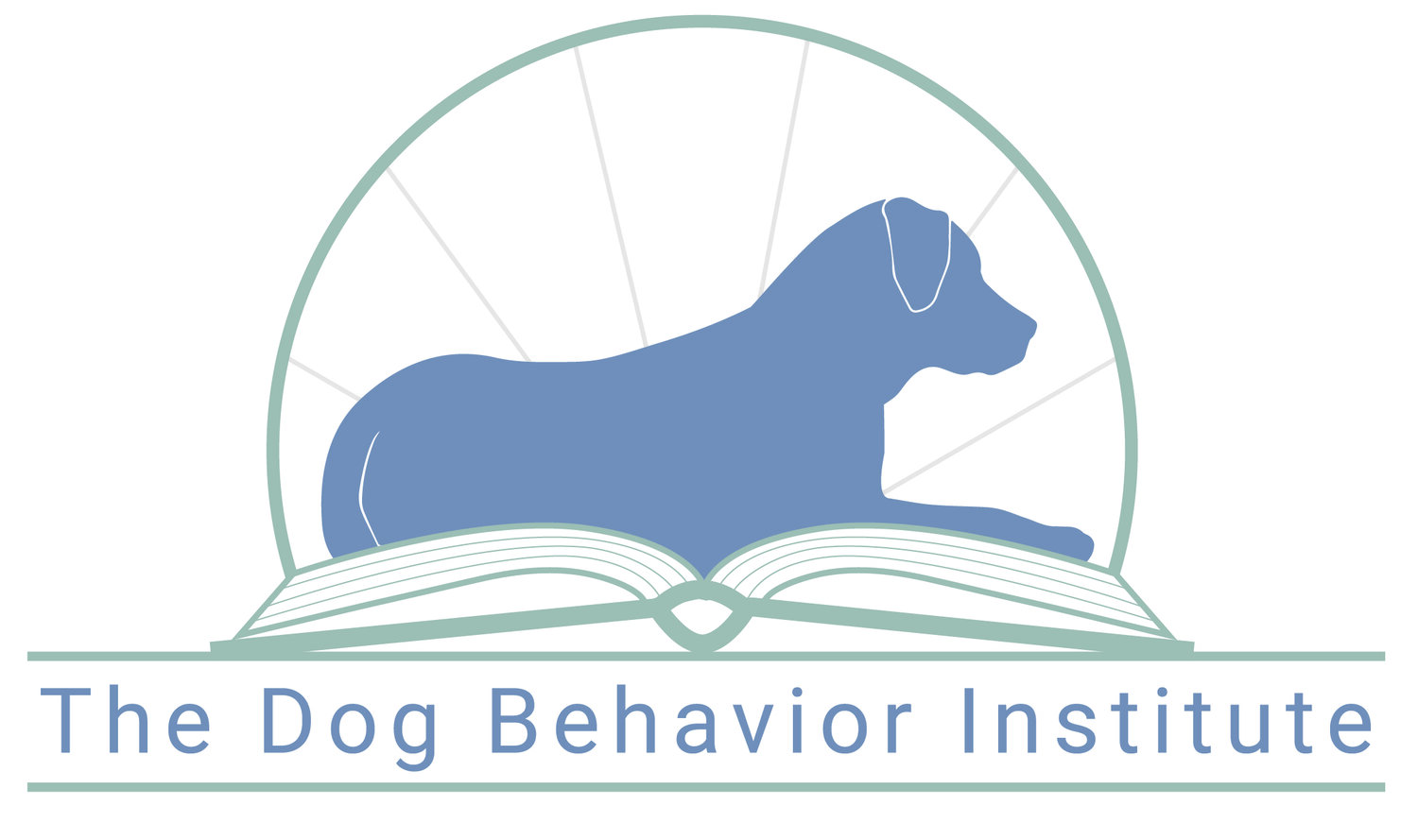The Dog Behavior Institute Blog

Why we don’t do “one size fits all” training
We decided to take some time here to clarify: what makes poor training advice? In our opinion this comes down to two main things that I’ll outline in more depth below: 1) broad advice applied to any dogs or all dogs of a specific type, and 2) recommendations for the use of aversive procedures.

Book Review: Meet Your Dog by Kim Brophey
I found the information about specific interests and hobbies as well as lifestyle advice to be interesting and helpful when determining how to best support dogs in their homes. This may help guide families in selecting a dog that will be most suited to their specific lifestyles. However, for me, Meet Your Dog fell short when describing why you might need professional help for your dog and how to best educate him.

I can finally lift my arm again, and how that relates to dog training
When we work with families and dogs who are struggling with behavior challenges, it can be clear that one reinforcer is for the problem to be “fixed.” But a “fixed” behavior, whatever that looks like in the situation, is often a long way off. That is not the immediate reinforcer for the work that you are doing in the meantime on your way there. So instead, look for the small reinforcers. What are the things that remind you that you are reaching just a little bit farther, and that it is just a little bit more comfortable when you do it?

ABA & Dog Training
When it comes to behavior change and our dogs, we humans are in a position of power. We control almost every aspect of our dogs’ lives, including when they eat, when they go outside and come in, who they get to interact with, and more. It is critical that we take responsibility for our role in our relationship with our dogs.

Book Review: Separation Anxiety in Dogs by Malena DeMartini-Price, CTC
DeMartini-Price’s approach to separation anxiety is one that I would love to see replicated across other types of canine behavior problems. It is firmly based in science but individualized to the specific needs of the dog and caregiver(s). Whether or not you are a caregiver who has a dog experiencing separation anxiety, or you are a trainer who takes on separation anxiety cases, I urge you to read this book for a beautiful model on how we can work toward resolution of behavior problems and increase the welfare and quality of life for our dogs.



